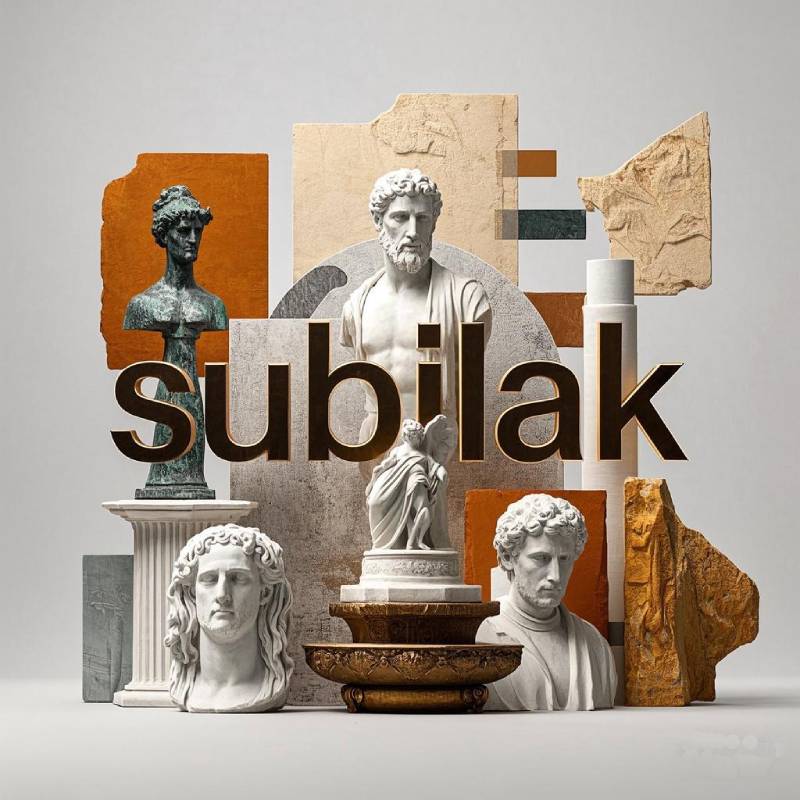The materials required for sculpture are divided into two types: water-based and oil-based. Water-based materials are made by mixing fine “raw mud” with water and repeatedly pounding and kneading it into “cooked mud”. Its characteristics are strong adhesion, softness and non-stickiness when used, and moderate dryness and humidity. This kind of mud is easy to obtain and has great plasticity. Clay sculptures from small clay to large sculptures can all use cooked mud to shape prototypes. There are many colors of clay, and beginners generally choose lighter-colored clay.

Oily clay is a man-made material that is softer and more viscous than ordinary clay. Because oil clay is melted from waste rubber, wax, vegetable oil or engine oil, talcum powder, etc., it has the characteristics of not being easy to dry and crack, and can be used repeatedly for a long time at room temperature. In cold or overheated temperatures, oil clay will become too hard or too soft and have poor plasticity. If beginners use oil clay in winter, it is best to have heating facilities indoors to increase the humidity and maintain room temperature. If there is no heating condition, you can also use hot water to warm the clay. When using it, pour some warm and wet hot water, divide the clay into pieces and put them into a basin to heat. When it softens, take it out and use it. In addition, put the clay close to the stove and knead it repeatedly with both hands until it is soft before use. The summer climate is hot, and the clay is very easy to soften. When shaping, avoid direct sunlight. On the statue, be sure to mold it in a cool and ventilated place.

The clay has good viscosity, strong toughness, and is not easy to break. It is suitable for molding creative drafts and smaller sculptures. The clay currently sold on the market is colorful. After purchase, you can mix it and rub it repeatedly until it becomes all one color before use. Do not mix impurities into the clay during repeated use to avoid affecting the shaping. When not in use, seal it with a plastic bag and store it for long-term use.
The auxiliary materials for sculpture are water quality, metal, and comprehensive materials. Auxiliary materials are materials that enhance the firmness of sculptures in sculpture shaping and can serve as human bodies, objects, and skeletons. Wooden materials include square wood, round wood, wooden boards, and wooden blocks; metal materials include steel bars, angle irons, steel pipes, lead wires, etc., all of which can be used to make the inner skeleton of a sculpture. Composite materials include bricks, straw ropes, foam plastics, etc., which can be used as “fillers” to increase the internal volume of the statue during the sculpture process. Adding less mud to the surface can reduce the weight of the statue, but it is not necessary to use it in head portraits, busts, and small sculptures. It can be used appropriately in large sculptures.

